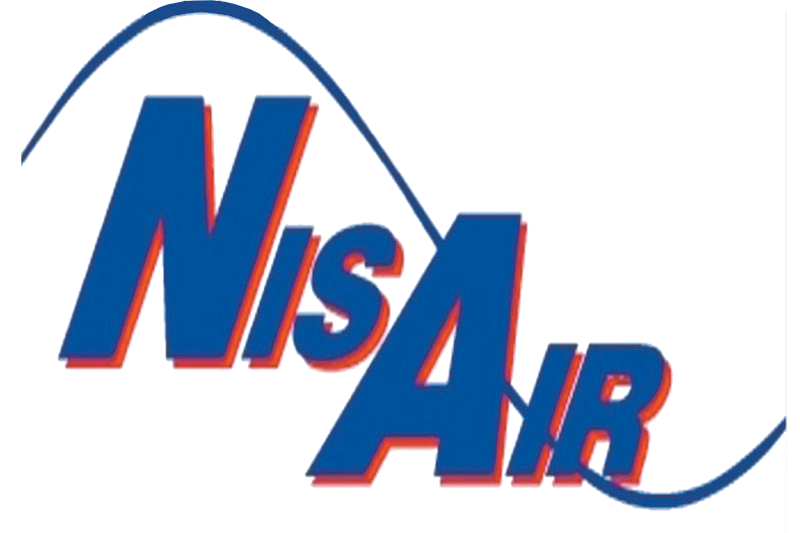The DIY Energy Audit: A Saturday Project That Can Yield Long-Term Savings
One of the best ways to combat high energy bills is to conduct a do-it-yourself energy audit. This easy, weekend project allows you to identify potential energy drains, drafts and poor insulation. Keeping a detailed list of what you uncover during your energy audit allows you to prioritize home improvement tasks for making your home energy efficient.
Identifying drafts
Drafts and air leaks drain energy from your home because as air escapes, your HVAC system has to work harder to cool the home. Begin your audit by checking areas commonly know to have leaks including:
- switch plates
- electrical outlets
- around doors
- baseboards
- windows
- fireplace dampers
- attic entrances
- around pipes
- mail slots
- foundation
Check for air leaks with a simple pressurization test. Close all exterior doors, the fireplace flue and windows. Turn off combustion appliances such as gas-powered water heaters and turn on exhaust fans. Walk around the interior perimeter of the home with a candle or incense stick and note areas where the flame or smoke wavers, indicating the movement of air.
Insulation
Inadequate insulation is another common cause of energy loss. Check your attic’s insulation level to determine if additional insulation is necessary. If the rafters are visible between insulation panels, you likely need additional insulation. To check wall insulation, turn off the electricity and remove a wall outlet. Insert a thin dowel into the wall behind the outlet. Encountering resistance indicates you have insulation inside the wall.
Electronics and equipment
During your energy audit, check for standby power drains from your home’s electronics and appliances. Plug non-essential electronics and appliances, such as the TV, toaster oven and coffee pot, into a power strip. Turn off the power strip when you’re going to be away from home or sleeping. Unplug wall chargers when not in use. Finally, inspect your HVAC equipment. Clean and replace dirty filters. Check ductwork for dirt streaks, which could indicate air leaks. Schedule an HVAC inspection and cleaning with a trusted contractor.
For more energy savings information, contact NisAir Air Conditioning and Heating. We serve Martin, St. Lucie, Palm Beach and Indian River counties.

